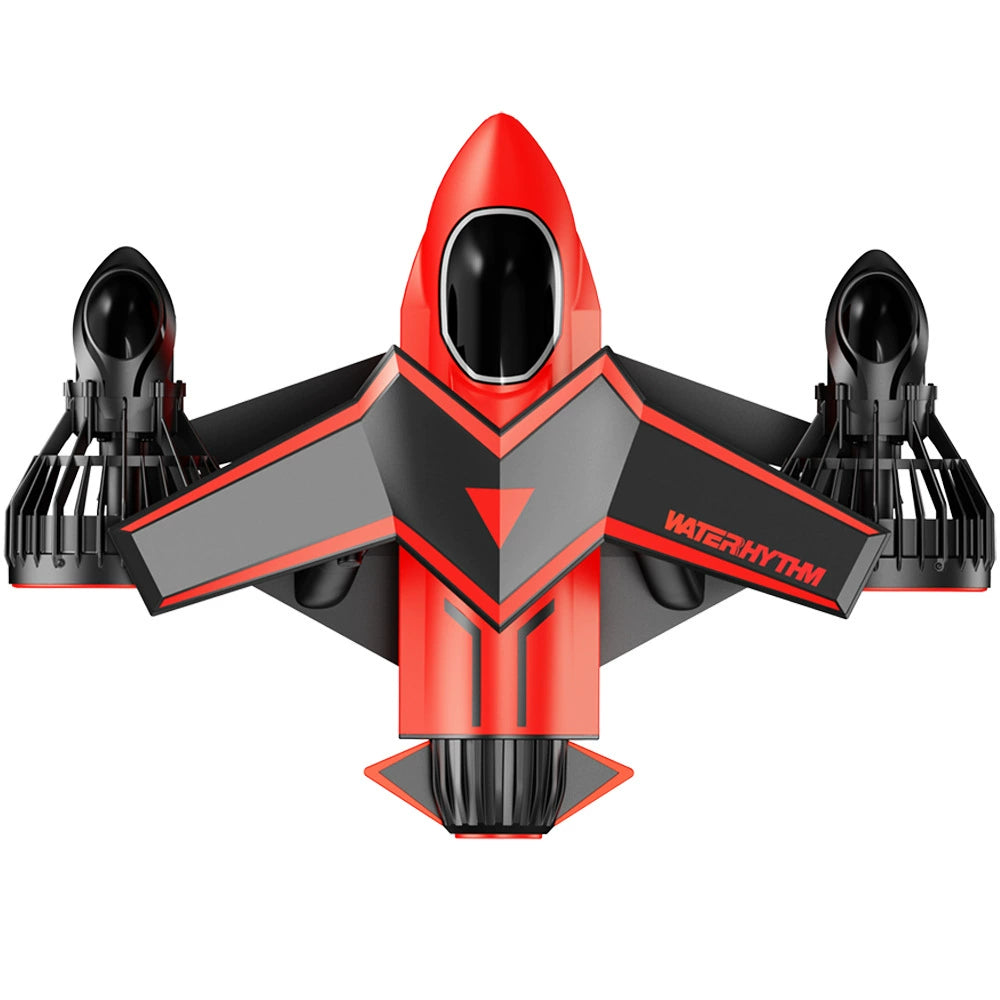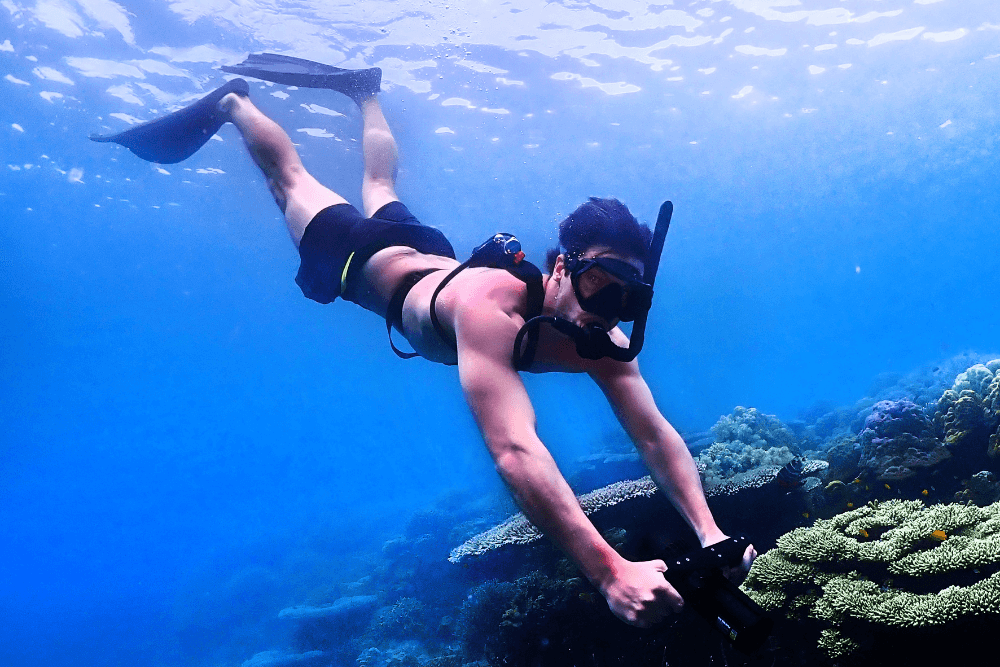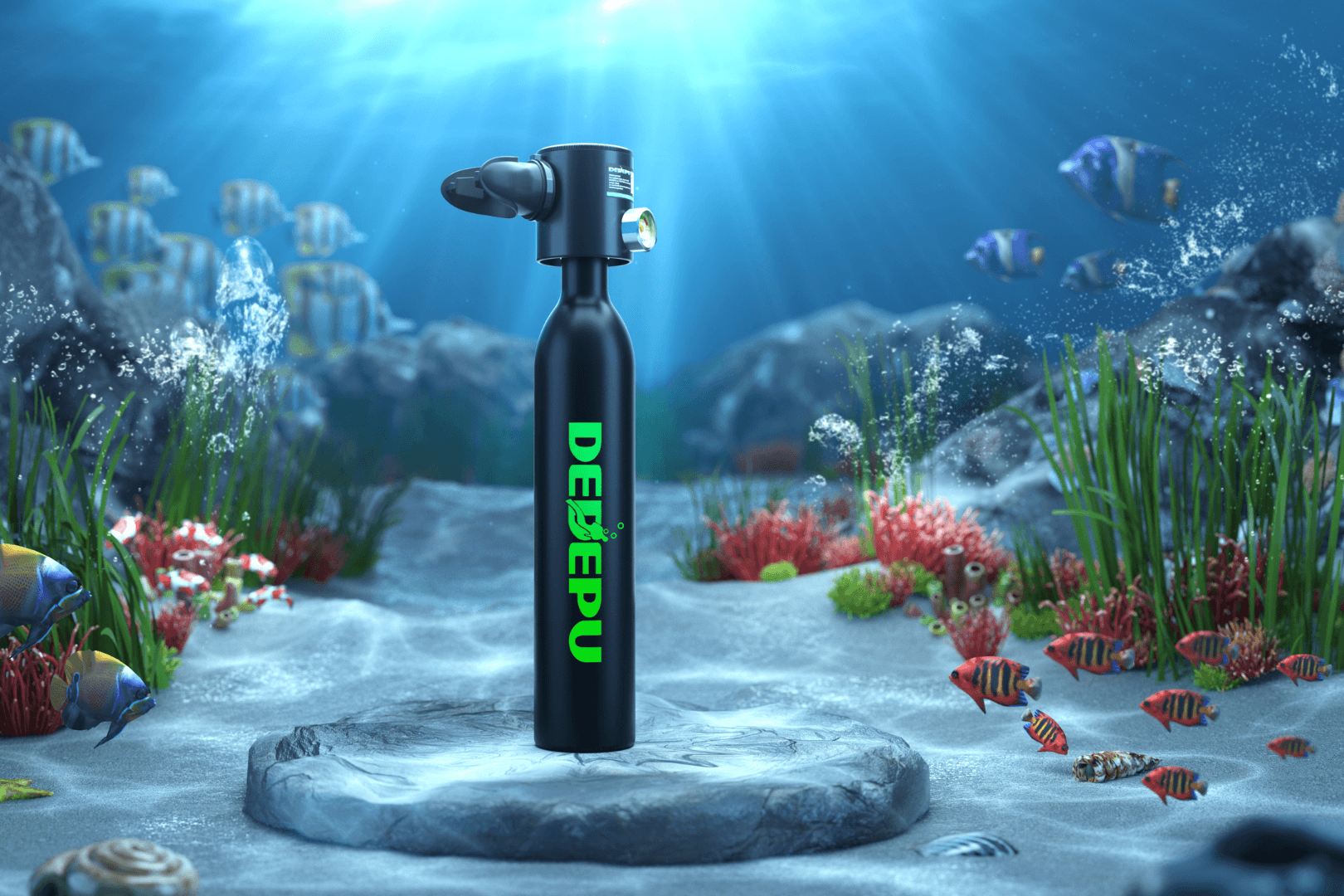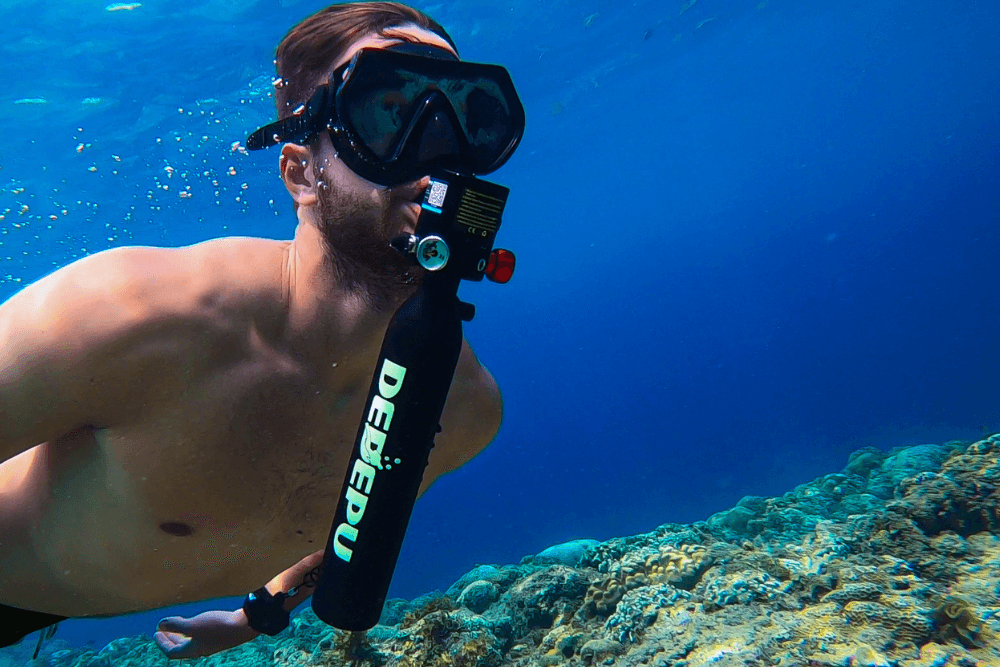Before entering the water, divers must complete a pre-dive safety check (BWRAF - BCD, Weights, Releases, Air, Final check) to ensure gear functionality. Most recreational dives stay within the maximum depth limit of 130 feet (40 meters) for beginners, and divers carefully manage air consumption to ensure a safe return with reserve. Key skills like equalizing ear pressure every meter during descent and maintaining neutral buoyancy underwater are critical for comfort and avoiding harm. A planned ascent, including a mandatory 3-5 minute safety stop at 15-20 feet (5-6 meters) to reduce decompression risk, is part of every responsible dive.
Getting Your Gear Ready
A standard recreational scuba tank holds 80 cubic feet (11.1 liters water capacity) of air compressed to about 3,000 pounds per square inch (psi). Using the pre-dive BUDS/BWRAF checklist – familiar to every certified diver – takes approximately 5-8 minutes to complete but drastically reduces underwater incidents. Statistics indicate that equipment configuration or setup errors contribute to roughly 12-18% of dive emergencies, making this systematic check a critical frontline defense.
Primary Air Source Check: Connect your regulator first stage securely to the tank valve. Open the valve fully (typically requiring a 1/4 to 1/2 turn counter-clockwise), and immediately check the tank pressure on your submersible pressure gauge (SPG). A full 80 cu ft aluminum tank should read near 3,000 psi (+/- 50 psi). Inhale gently from the regulator's primary second stage; airflow should be smooth, effortless, and silent. Note the reading: a minimum reserve pressure threshold of 500 psi is standard protocol before surfacing. Confirm your octopus (alternate air source) functions equally well; it often flows at slightly lower rates (approx. 600 liters per minute vs. 750+ lpm for primary regulators) but must deliver adequate air instantly. A leaking first stage bubble-check valve (max acceptable leak rate: less than 1 bubble per 3-5 seconds) signifies necessary servicing.
Buoyancy Control & Weighting: Inflate your BCD orally via the power inflator hose (delivering approx. 15-20 liters air/second) to full volume. Listen for escaping air – a consistent hiss indicates a leak. Submerge the low-pressure inflator hose connector end briefly underwater; bubbles confirm valve leaks demanding repair. Deflate fully via the dumpy valve/dump hose (approx. 25-35 liters/sec exhaust rate). Now, assemble your weight system: average divers require 5-7% of their body weight in saltwater. Secure weights in integrated pouches or on a comfort-rated weight belt (width: 1.75 to 2 inches) checking quick-release buckles function under tension. Attach the BCD tank strap snugly, ensuring the tank valve sits just above your head's crown when mounted.
Release Checks & Accessory Placement: Methodically test every BC shoulder buckle by pulling outward after clipping in. These side-release buckles withstand 200+ kg of force but must disengage easily. Confirm waist buckles operate equally well. Attach SPGs, dive computers (with fresh batteries lasting 30-150+ dives), and dive lights (standard burn times: 1.5-5 hours on high) securely to D-rings using double-ended bolt snaps. Route hoses to prevent tangling: your primary regulator hose should loop behind your neck, while the octopus hose extends diagonally across your chest and clips off within easy arm's reach, confirmed by doing a touch-recovery drill. Perform a dry regulator purge test, ensuring the purge button displaces water at a flow rate exceeding 25 liters/min. Pack your SMB/spool reel in a pocket and your dive knife/shears (blade length: 3-4 inches min) on the lower leg sheath for rapid access if needed. Finally, double-check fin strap tension (adjustable via increments of 1/2 inch or less). These tangible details ensure readiness before water contact.

Entering Smoothly
Mastering water entry prevents energy waste and reduces injury risk. Approximately 68% of minor dive injuries (sprains, fin cuts, gear damage) occur during entries or exits, highlighting technique importance. Shore entries typically face wave heights averaging 0.3–1.2 meters, requiring strategic timing of 15–45 seconds between wave sets. Boat entries demand precise execution: giant-stride entries need clearance depths exceeding 2.5 meters, while backrolls require 1.5 meters of side clearance to avoid impact. Proper weighting here enhances descent control – divers with neutral buoyancy at surface level sink at 0.5–0.8 m/s without finning. Let’s dissect the physics and protocols.
Shore Entry Mechanics
For rocky shorelines, adopt a staggered-step approach:
Position fins 0.5–1 meter above waterline to avoid wave drag. Time your entry during wave troughs lasting 8–12 seconds, advancing 2–3 meters per stride until waist-deep.
Secure your mask and regulator before crossing the surf zone (typically 5–10 meters wide). Waves under 0.6 meters high permit walking; heights exceeding 0.8 meters necessitate crawling or buoyant finning.
Deploy your BCD’s lift capacity strategically: Inflate to 30–40% volume (7–10 liters of air) to offset wave force, reducing stumble risk by ∼55%. After passing breakers, deflate within 3–5 seconds to initiate descent.
Boat Entry Protocols
Giant Stride Technique:
Stand at the platform’s edge with one fin extended 20 cm beyond the deck. Secure gear with left hand pressure >3 kg on mask/regulator. Step forward with 70–80% of body weight on the leading foot, achieving a horizontal trajectory angle of 15–20 degrees. This minimizes plunge depth to 1.8–2.2 meters, keeping the tank valve dry.
Backroll Entry (for Rigid Inflatable Boats):
Sit on the tube edge with knees bent at 100–110 degrees, BCD 25–30% inflated (≈6 liters). Roll backward while maintaining spinal curvature radius >30 cm to avoid whiplash. Upon hitting water, kinetic energy dissipation occurs within 0.3 seconds – immediately raise your legs to 45 degrees to orient upright.
Descent Line Deployment:
Use a polypropylene descent line (diameter: 10–12 mm) with a 4–5 kg weighted clip. Deploy during current speeds <0.8 knots; the line should form a 5–7° angle from vertical. Grip with forearm tension of 15–20 N (Newtons) to control sink rate.
Safety & Efficiency Metrics
Optimal Entry Duration:
Shore entries should conclude within 90–120 seconds to conserve air (surface breathing consumes 15–25 liters/minute vs. 10–12 L/min submerged). Boat entries must complete rolls/strides in <5 seconds to avoid vessel drift.
Wave Force Calculation:
Waves >1 meter high exert >150 N/m² lateral force. Counteract by positioning your body 30–40 degrees toward incoming waves – reducing drag by ∼40%.
Failure Probability:
Skipping regulator checks pre-entry increases flood risk by ∼70%. Divers with <50 logged dives report 43% higher entanglement incidents during boat descents due to loose hoses.
Execution Precision:
Post-entry, establish buoyancy at 1-meter depth within 8–10 seconds. Verify gear function (no audible leaks >1 bubble/2 seconds). Shore divers should swim ≥20 meters offshore before diving to avoid wave collision; boat divers maintain 3.5-meter clearance from the hull. This systematization reduces air waste and task loading by 30%.
Going Down Safely: Descending & Equalizing
The ambient pressure doubles every 10 meters (33 feet), compressing air spaces in ears/sinuses. 75% of first-time divers report equalization issues below 5 meters, while untreated blockages can rupture eardrums at pressure differentials >0.2 bar (≈2 meters depth). Optimal descent speed is 9 meters/minute, allowing 12-15 seconds per meter for equalization. Divers consuming 18-22 liters/minute of air at the surface reduce consumption to 13-15 liters/minute at depth through relaxed breathing. Mastering this phase avoids 82% of descent-related injuries.
Going Down Safely
Mastering descent mechanics prevents ~82% of barotrauma cases, primarily caused by pressure mismanagement below 5 meters depth. Ambient pressure surges by 1 bar per 10 meters, compressing air spaces in sinuses and ears. At just 3 meters down, failure to equalize generates 0.3 bar differential pressure on eardrums – equivalent to 4.4 psi force per square centimeter. Optimal descent speed is 9 meters/minute, allowing 12-15 seconds per meter for tissue adaptation. Controlled descents slash air consumption from surface 18-22 L/min to 13-15 L/min through reduced exertion.
Physiological Limits:
Middle ear cavities tolerate <0.05 ml gas volume shifts before tissue damage initiates. Delays beyond 120 seconds post-submergence spike barotrauma risk 87%.
| Technique | Pressure Generated | Depth Efficacy | Frequency | Success Rate |
|---|---|---|---|---|
| Valsalva | 20-30 cmH₂O | 0-20m | Every 1.0-1.3m | 94% |
| Frenzel | 40-60 cmH₂O | 15-40m | Every 1.5-2.0m | 98% |
| Toynbee | Eustachian opens for 0.3-0.6s | 0-12m | Continuous | 89% |
Initiate at ≤1m depth – delaying to 3m cuts success probability by 50%
Limit Valsalva force to <50 mm Hg (measured by nasal pressure gauges)
For deep dives (>25m), combine Frenzel with jaw thrusting to widen eustachian tubes by 15% cross-section
Descent Control Systems
Buoyancy Engineering:
Achieve surface-negative buoyancy: -1.5 to -3.0 kg displacement (BCD air volume: 0.05-0.2L)
Vertical descent speed: Hold ≤9 m/min (descending 20m takes 2m 13s ±5s)
Ballast trimming: Add 0.5 kg weight per 5mm wetsuit thickness compression at depth
Precision Tools:
| Equipment | Function | Tolerance |
|---|---|---|
| Depth Gauge | Vertical speed tracking | ±0.3m (digital), ±1.5m (analog) |
| Bubble Level | Body angle maintenance | ±2° accuracy |
| SPG | Air conservation monitoring | ±10 bar calibration drift/100 dives |
Hazard Response Matrix:
| Symptom | Depth Response | Time Limit |
|---|---|---|
| Ear "fullness" | Ascend 1m, hold 30s | 3 attempts within 2m |
| Sharp pain | Abort dive immediately | N/A |
| Failed clearing | Surface slowly (3m/min) | No re-dive for 24h |
Environmental Compensation
Hydrodynamic Factors:
Saltwater density (1.025 g/cm³) vs. freshwater: Increases buoyancy by 2.5%; add 300-500g weight
Currents >0.5 knots: Induce 5-7° body tilt, requiring 12% more fin thrust to maintain descent line
Thermoclines: Every 3°C drop compresses neoprene by 3-5%, demanding 0.25L BCD inflation
Depth-Pressure Timeline:
| Depth (m) | Pressure (bar) | Max Equalization Interval |
|---|---|---|
| 0→3 | 1.0→1.3 | 45 sec |
| 3→10 | 1.3→2.0 | Every meter |
| 10→20 | 2.0→3.0 | Every 0.7m |
| 20→30 | 3.0→4.0 | Every 0.5m |
Air Management Metrics
Consumption During Descent:
Descent rate 9 m/min: 0.48 L air/meter
Rate 15 m/min: 0.81 L air/meter (wasted effort 41%)
Ideal consumption curve:
Surface: 16 L/min
10m: 13 L/min
20m: 11 L/min
Post-Descent Verification Protocol:
Achieve neutral buoyancy at target depth (±0.2 kg variance)
Confirm SPG reading ≥150 bar reserve
Zero equalization discomfort (residual pressure differential <0.02 bar)
Failure adds compensatory air waste of ≥18 L per dive.
Post-Descent Audit:
Ear status: No autophony (internal echo) indicates equalization success
Computer log: Validate depth vs. time curve: Slope = 9±1 m/min
Weight check: At 5m depth, exhale fully → sink rate should be 0.3-0.5 m/s
Precision execution enables 30m dives with just 140 bar consumption during descent phase versus novices' 190 bar average – extending bottom time by 8 minutes with standard 12L tank.
Moving Underwater
At 20 meters depth, air density quadruples, requiring 33% slower inhalations to maintain equivalent oxygen flow. Novices average 18–22 liters/minute air consumption versus experts at 10–13 liters/minute – translating to 50% longer dive times for equivalent tank volume. Neutral buoyancy reduces fin contact with reefs by >90%, critical in marine protected areas where one fin kick can destroy 12–15 cm² of coral per strike. Mastering micro-adjustments (±0.5 kg buoyancy shift) extends bottom time while slashing air waste.
Volume-Pressure Relationship:
Every 1-liter increase in BCD air volume generates 1.03 kg lift in seawater (density: 1.025 g/cm³).
Thermoclines (5–10°C drops) compress wetsuits by 6–9%, requiring 0.3–0.5 kg additional inflation per 5mm suit thickness.
BCD Inflation Metrics:
| Action | Duration | Air Volume Added | Lift Change |
|---|---|---|---|
| Short press | 0.8–1.2 sec | 0.25–0.40 liters | +0.26–0.41 kg |
| Long press | 1.5–2.0 sec | 0.60–0.80 liters | +0.62–0.82 kg |
Weighting Optimization:
Saltwater divers need 5.0–7.5% of body weight in lead. A 70 kg diver carries 3.5–5.25 kg.
Neoprene compression: At 20m, 7mm suits lose 60% insulation volume, reducing inherent buoyancy by ≈2.0 kg versus surface.
Breathing Efficiency Data
Respiration Physiology:
Optimal breathing cycles: 4–5 sec inhale, 6–8 sec exhale – maintaining blood CO₂ at 35–45 mmHg.
Depth-induced gas compression: At 30m, each breath contains 4x denser air, demanding 75% reduced flow rate to equal surface air consumption.
Consumption Benchmarks:
| Activity | Air Use (L/min) | Equivalent Surface Air |
|---|---|---|
| Hovering | 10.0–12.0 | 40–48 L/min at 30m |
| Mild current | 14.0–16.0 | 56–64 L/min at 30m |
| Panic breathing | 25.0–30.0+ | 100–120 L/min at 30m |
Gas Savings Techniques:
Horizontal trim: Reduces drag coefficient by Cd=0.04–0.06 vs. Cd=0.15 head-up position, saving 22% air per minute.
Streamlined gear: Minimalist rigs (single tank/hose) cut turbulence energy loss by 18 watts, conserving 0.8 L air/min.
Integrated Maneuver Protocols
Midwater Hover:
Vent BCD to slight negative buoyancy (≈ -0.3 kg)
Take half-breath inhale (500–600 ml volume)
Hold lungs at 50% capacity for 20–30 sec stability
Ascent/Descent Adjustment:
Ascending: Exhale fully (>85% vital capacity) to dump 1.2–1.8 L buoyant air
Descending: Inflate in ≤0.5 sec bursts – exceeding 1.0 sec causes 0.4–0.9 kg overshoot
Fail-Safe Triggers:
Imbalance response: If sinking > 0.5 m/sec, inject 1.0 L air instantly
Overweight emergency: Dump ≥2.0 kg weights if unable to ascend at >9 m/min
Wing Capacities:
Single-tank wings: 18–25 liters (max lift: 18.5–25.8 kg)
Double-tank wings: 30–45 liters (max lift: 30.9–46.3 kg)
Regulator Performance:
First stages deliver air at 9.5–11.5 bar intermediate pressure
Second-stage cracking effort: 1.0–1.4 cm H₂O – exceeding 2.2 cm H₂O causes fatigue-induced hyperventilation
Trim Weight Placement:
Rear tank weights: 1.0–1.5 kg counters head-heavy drift
Chest D-ring loads > 800 g induce 5–7° forward tilt
Environmental Compensation:
Saltwater salinity +1 PSU = +0.3% buoyancy (add 0.1 kg weight per 1 PSU above 35 ppt)
Thermocline crossing: Expect 0.1–0.3 kg buoyancy shift per 3°C temperature drop
Verification Drill:
At depth, exhale fully – ideal sink rate is 0.3 m/sec. Inhale fully – rise rate should be 0.2–0.4 m/sec. Deviations > ±0.1 m/sec signal improper weighting. This precision adds 7–12 minutes to a standard 200-bar aluminum 80 tank dive.

Planning Your Return
A controlled ascent prevents decompression sickness (DCS), where 68% of cases occur when divers exceed 9 meters/minute ascent rates. The dissolved nitrogen saturation in tissues peaks between 15-25 meters depth, requiring ≥3-minute safety stops at 5 meters to eliminate 25-35% of microbubbles. Aborting stops prematurely raises DCS risk by 300% – yet proper execution adds <6 minutes to dives. With over 85% of dive computers triggering warnings for ascents >10 m/min, disciplined protocols are non-negotiable.
Gas Diffusion Mechanics:
At 30 meters, tissues absorb nitrogen at 4× surface rates (Henry's Law). Surfacing without stops retains ≤0.5 ml microbubbles/kg tissue – sufficient to block capillaries as narrow as 8 μm.
Safety stops at 5m:
Reduce microbubble volume by 1.1 ml/kg/minute via diffusion gradients
Maintain ambient pressure ≈1.5 bar (halving bubble diameter vs. surface)
Ascent Velocity Limits:
| Depth Zone | Max Speed | Time/Distance |
|---|---|---|
| 30-15m | 9 m/min | 1.7 min |
| 15-5m | 6 m/min | 1.7 min |
| 5m Safety Stop | 0 m/min | 3-5 min |
| 5m-Surface | 3 m/min | 1.7 min |
| Note: Modern computers alert at ≥10.5 m/min sustained for >15 seconds |
Controlled Ascent Procedure:
Signal buddy at T-5 minutes before ascent
Begin ascent with BCD fully deflated (residual air ≤0.2 liters)
Maintain vertical alignment within 5° (reduces drag by 23%)
Vent BCD every 1-2 meters via shoulder dump valves (flow rate: 35 L/sec)
Monitor computer ≥2× per meter – ascent rate errors >±0.5 m/min require correction
Safety Stop Execution:
Depth: Hold 4.5-5.5m (computer depth sensor tolerance: ±0.3m)
Duration: 180-300 seconds (reduces DCS probability by 61%)
Neutral Buoyancy: Adjust with ≤0.5-second air injections (BCD lift gain: 0.51 kg/L)
Air Reserve: Minimum 50 bar remaining post-stop
Free Ascent Protocol:
Applicable with <35 bar air at 15m
Continuous exhalation at 10-15 L/sec to prevent lung overexpansion
Max ascent speed: 18 m/min (requires immediate 100% O₂ surface treatment)
Omitted Safety Stop Mitigation:
Surface interval extension: ≥120 minutes before next dive
Hydration: Ingest 0.5 L water immediately (reduces blood viscosity by 8.7%)
Post-dive monitoring: Check for DCS symptoms ≥3× hourly for 6 hours
Computer Algorithm Standards:
| Model Type | Conservatism Variance | Ascent Alert Precision |
|---|---|---|
| RGBM | +15% | ±0.2 m/min |
| ZHL-16 | +25% | ±0.4 m/min |
| DSAT | +5% | ±0.3 m/min |
Depth Gauge Validation:
Analog gauges drift ≥1.0 meter per 100 dives
Test calibration annually in hyperbaric chamber (±0.1 bar accuracy)
Surface Marker Buoy (SMB) Deployment:
Deployment depth: ≤15m to limit expansion force (ΔP=1.5 bar)
Ascent speed: ≤11 m/min (prevent SMB rupture at ≥16 m/min)
Efficiency Metrics
Air Conservation: Slow ascents (9 m/min) use 4.7 L air vs. 18.3 L at 15 m/min
Time Optimization:
30m dive + safety stop: Total ascent: 8.1 min
Skipping stop: Surface 5 min faster but incur ≥45 min mandatory surface interval
Failure Costs: DCS treatment averages 16,800/hyperbaric session – preventable via 0.12/second safety stop investment.
Post-Surface Protocol:
Gear removal in <90 seconds – delays increase hypothermia risk by 18%/minute in water <20°C
Hydration: Drink 250 ml water/10 min for 4 hours (replaces 0.6 L fluid loss/40-min dive)
Logging: Record ascent profile deviations >±1 m/min for computer recalibration tracking
Precision execution reduces DCS incidence to 0.016 per 1,000 dives – lower than traffic accident rates (0.22/1,000 drives).





Leave a comment
All comments are moderated before being published.
This site is protected by hCaptcha and the hCaptcha Privacy Policy and Terms of Service apply.